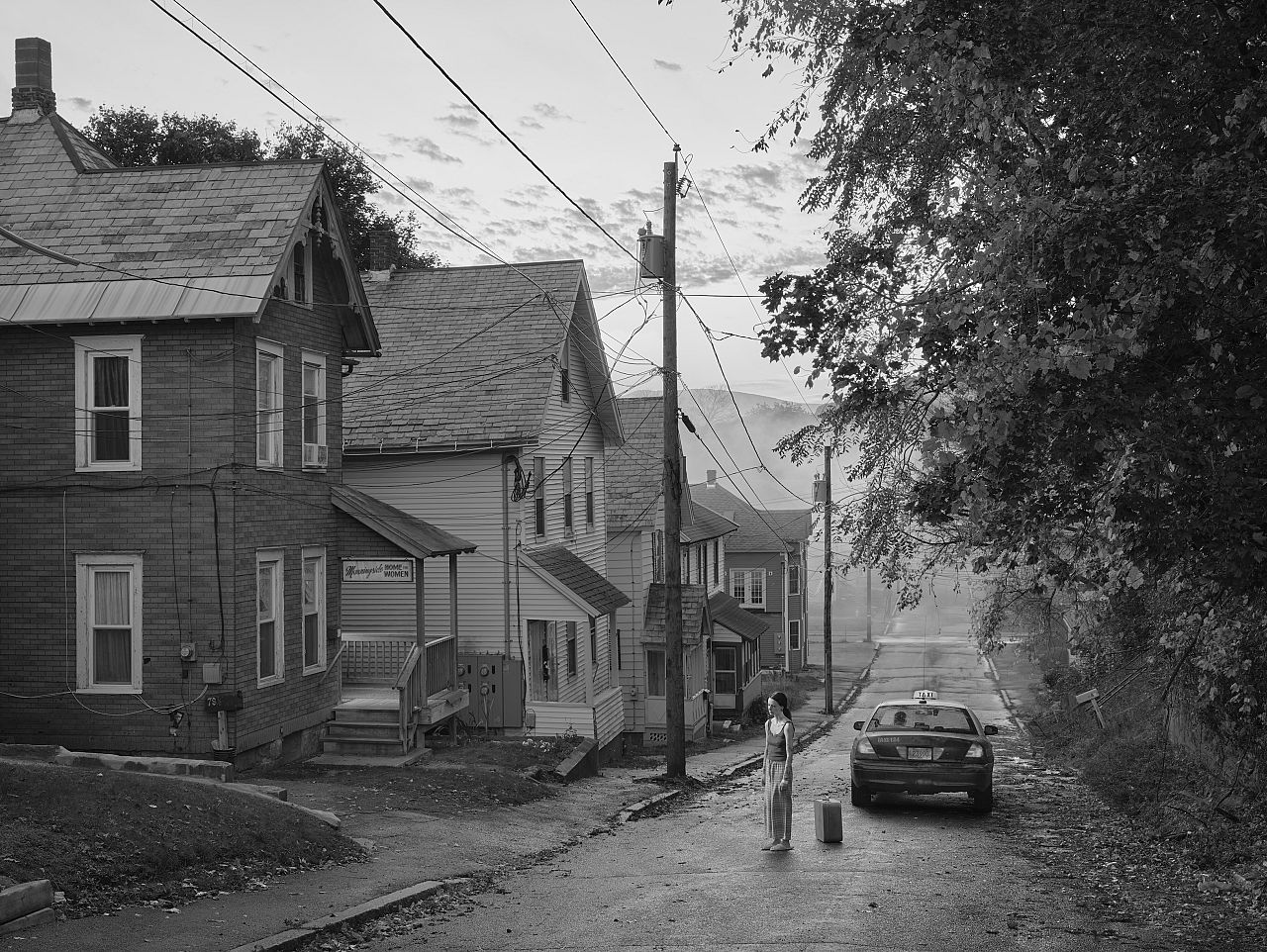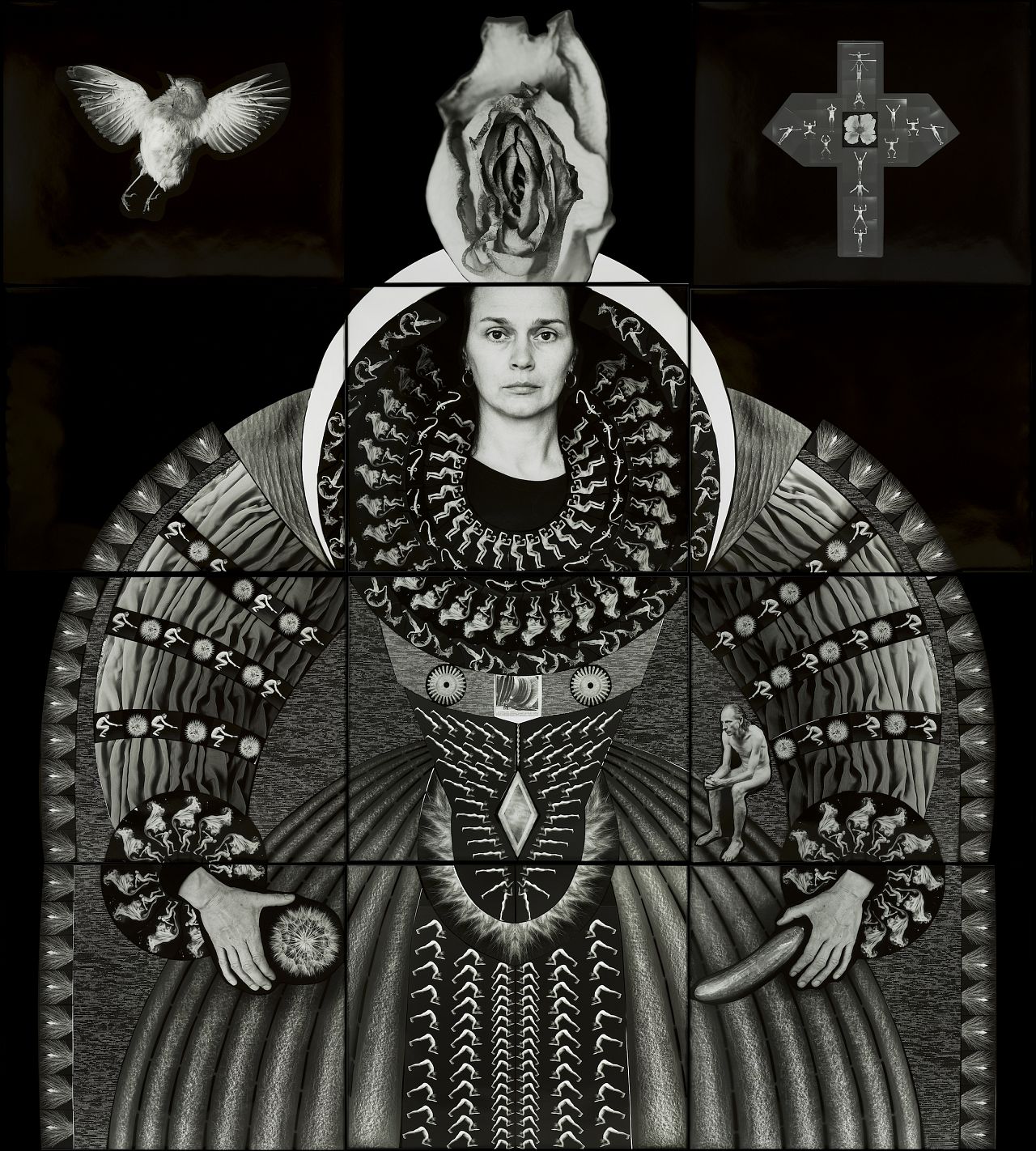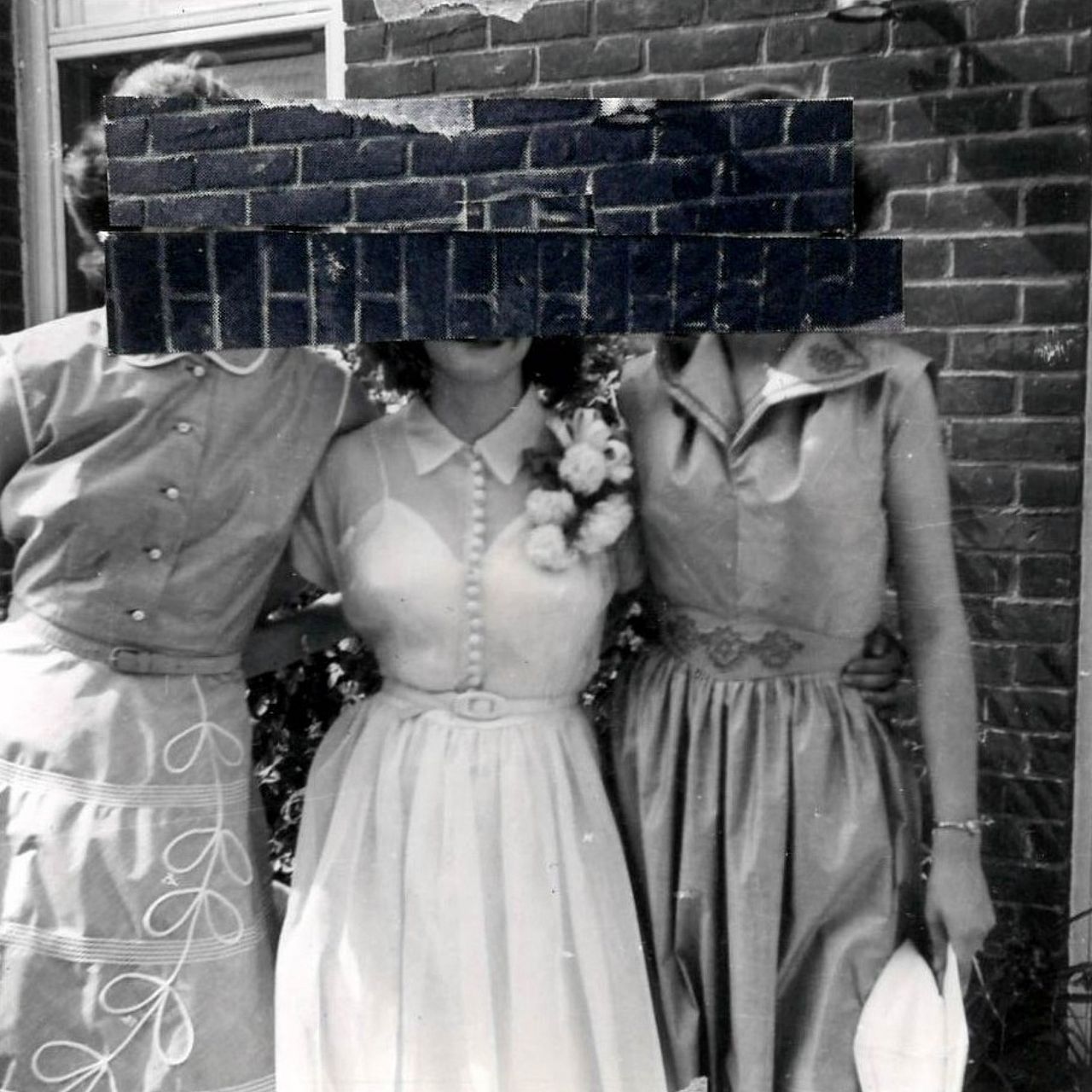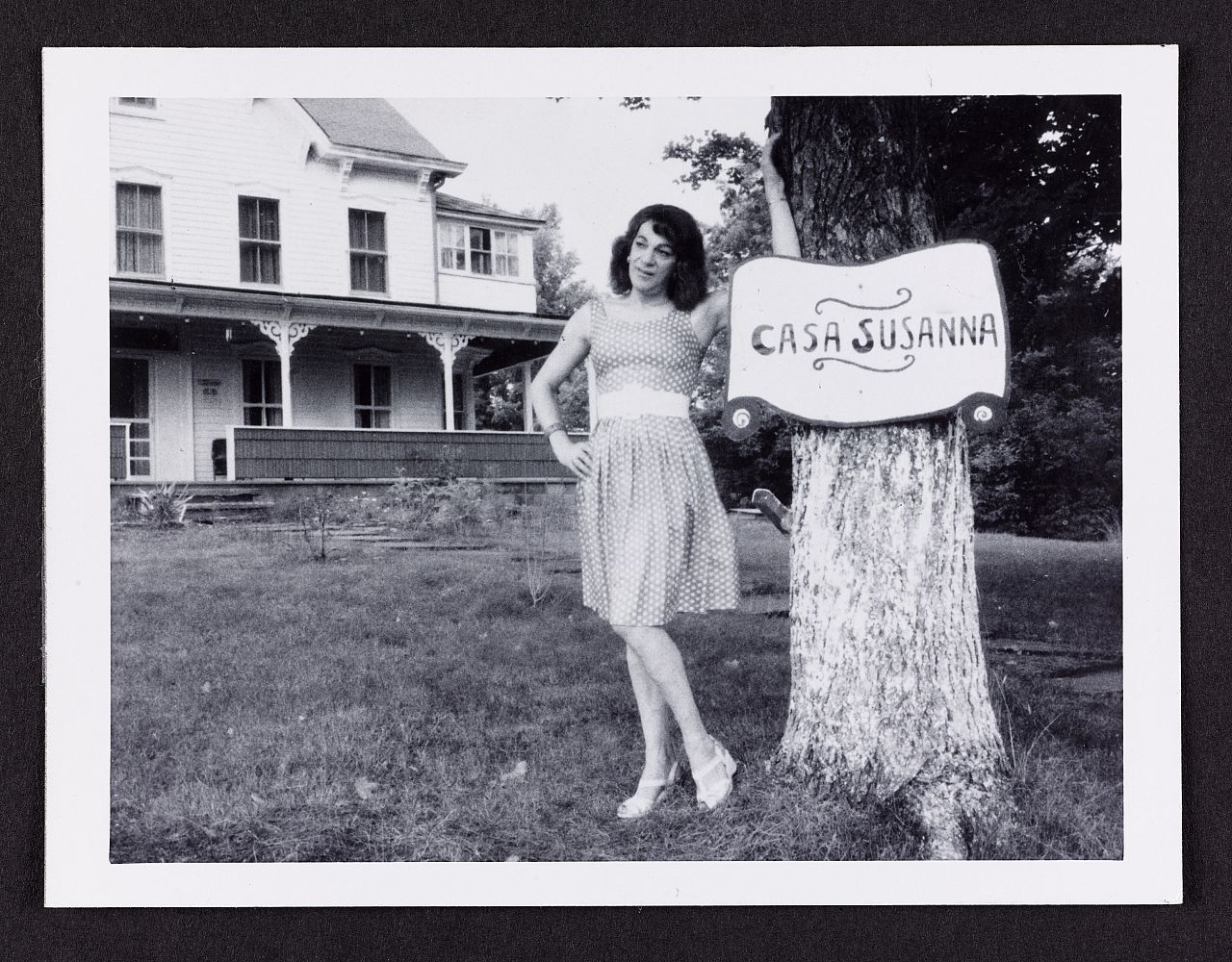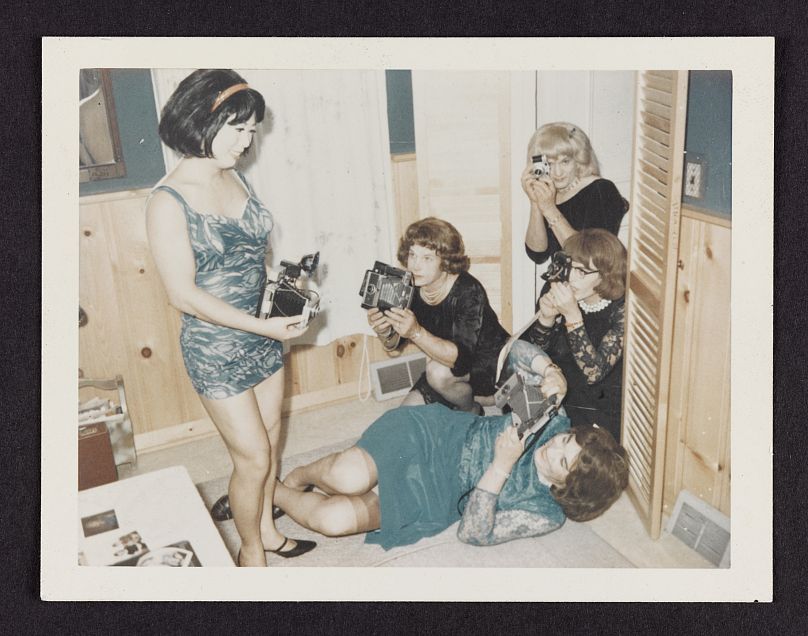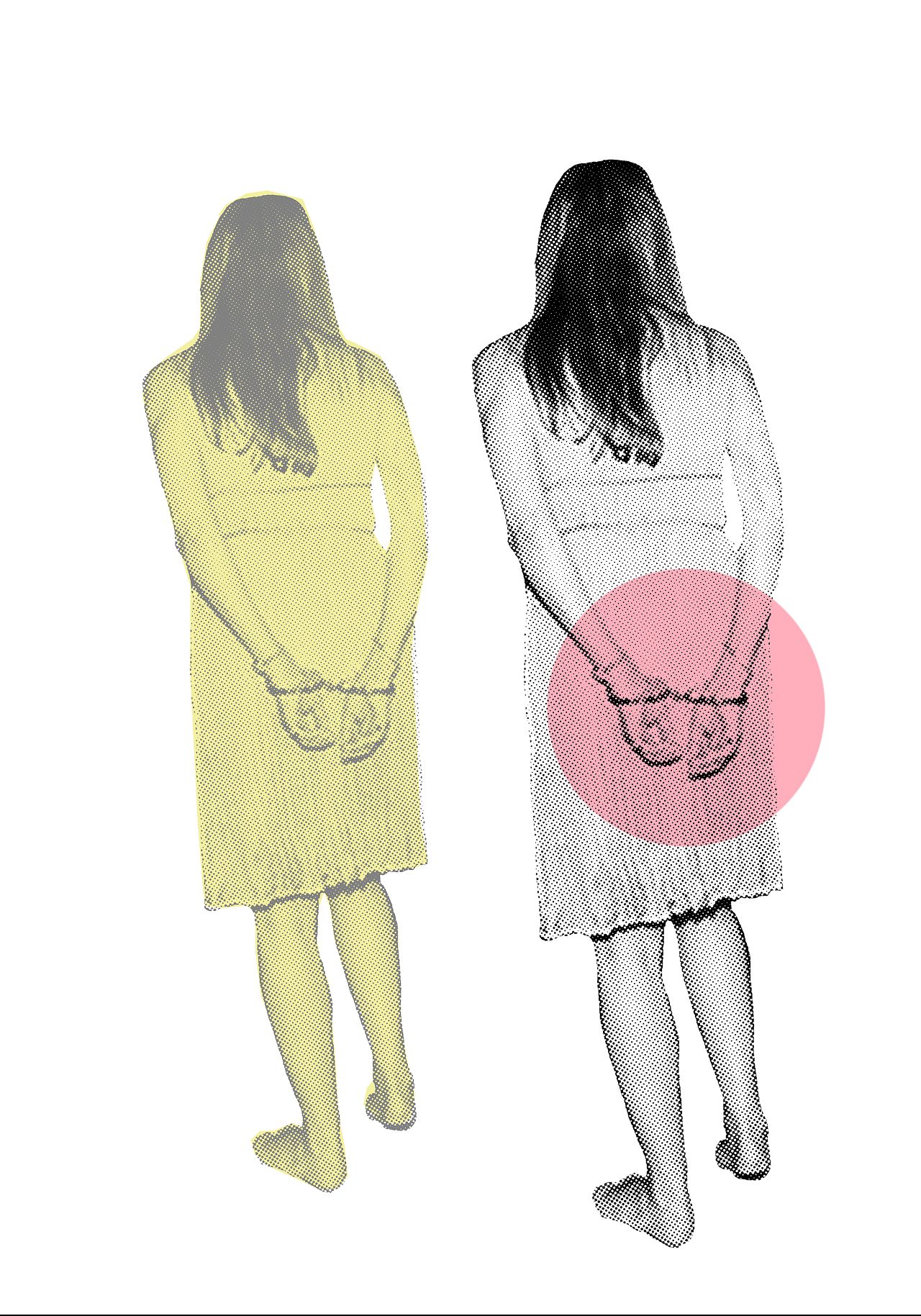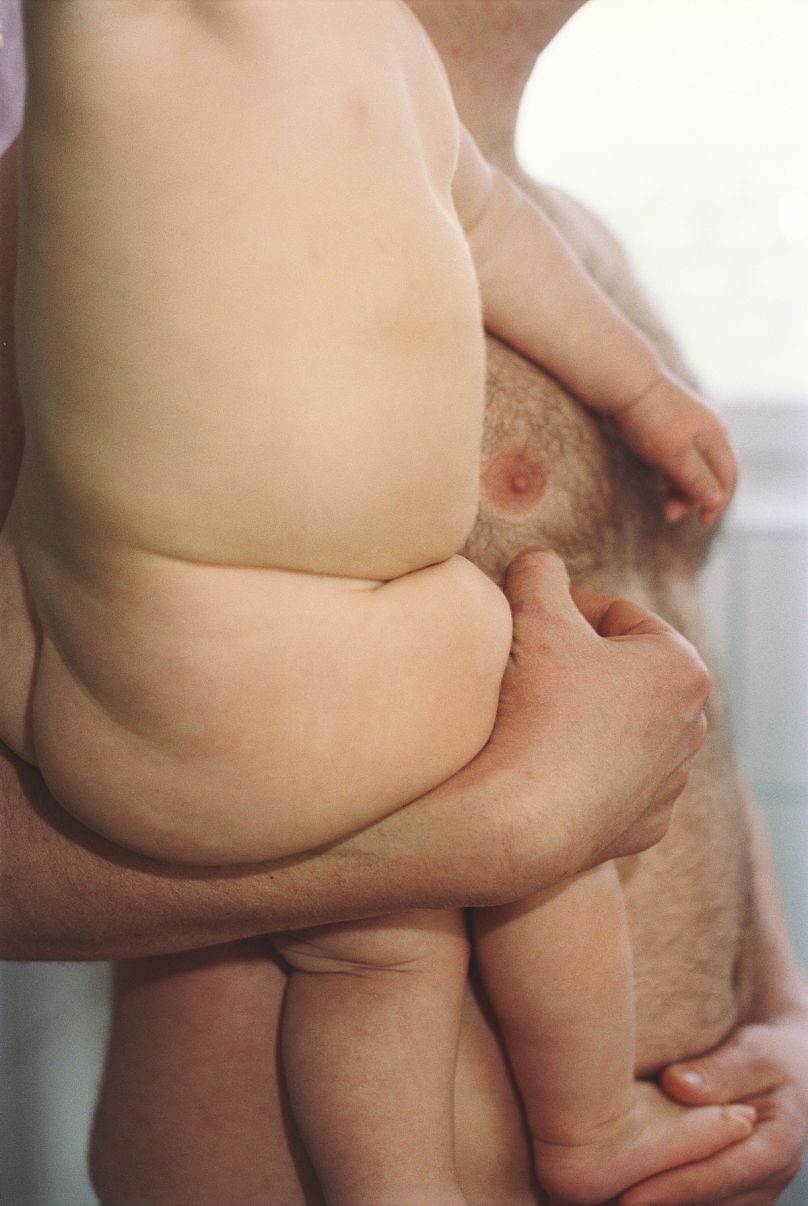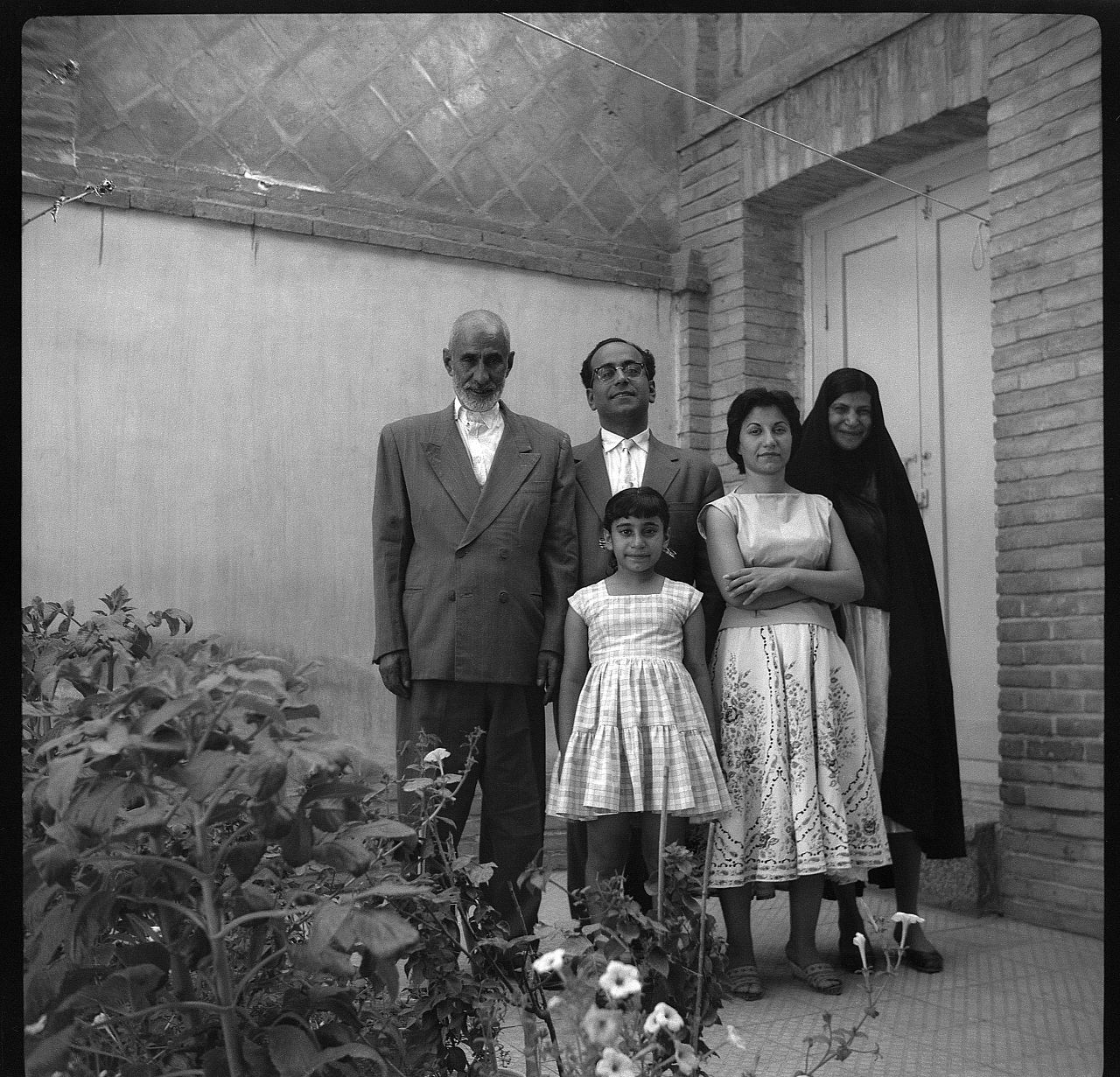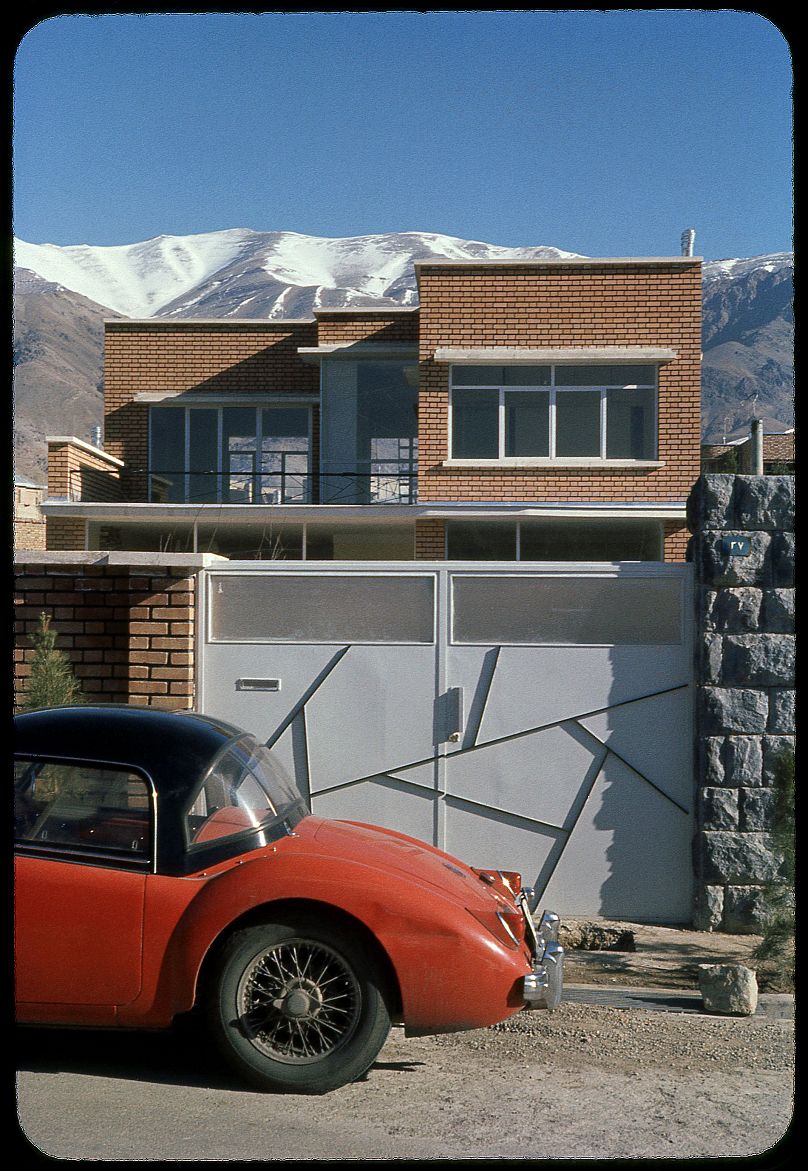Rencontres d'Arles: What not to miss at one of Europe’s biggest photography events
The highlights from one of Europe's most significant festivals dedicated to photography and visual arts, taking place in the south of France until 24 September.
Arles, an enchanting town situated in the southern region of France, takes centre stage each summer as it hosts one of Europe's most significant festivals dedicated to photography and visual arts.
The 54th edition's theme, "A State of Consciousness", underscores the festival's dedication to exploring the various ways photography can serve as a means to document and contemplate the world that surrounds us.
The participating photographers and curators of the festival guide us in perceiving the profound transformations that our world is presently undergoing. Their focal points encompass critical issues such as climate change, and the rights of women and minority groups, eloquently capturing the essence of being a member of the LGBTQIA+ community, a middle-class Indian woman burdened by societal pressures, or the ongoing aftermath of Iran's Islamic revolution depicted through narratives of exile.
Continuing to build upon its previous editions, the festival also ardently delves into the uncharted aspects of American society, illuminating the behind-the-scenes reality that remains obscured by the artifice of mainstream narratives. This immersive exploration yields a profound comprehension of the contemporary and historical daily lives of Americans, peeling back layers typically masked by the façade of prevailing concepts like the American Dream.
It is worth noting, in a somewhat surprising turn, that the extensive impact of Russia's invasion of Ukraine, now in its second year, along with its far-reaching implications for civilians, ecology, and culture, as well as the global refugee movement, did not command significant attention within "A State of Consciousness."
Presented here are notable highlights from this year's edition of Rencontres d'Arles.
Eveningside – 2012-2022 by Gregory Crewdson
In his work, Gregory Crewdson provides a cinematic yet intimate portrait of suburban USA in a twilight setting of fading dreams. All the attributes of daily life are present in the powerfully staged photographs the author is famous for. The human in the centre of this universe looks lost but also at home. Are they still in control? Do they still dream?
The exhibition offers some of the most famous of Crewdson's series shot between 2012 and 2022 - 'Cathedral of the Pines', 'An Eclipse of Moths' and 'Eveningside' shown for the first time in France. Romantic, political and autobiographic at the same time, the trilogy is introduced by the photographer's work 'Fireflies' from 1996. The elaborate postproduction, common for his later work, is not present here. It is a gentle and intimate invitation to observe and contemplate.
Splendor of the Artisan by Zofia Kulik
The exhibition by Poland's Zofia Kulik invites us into a truly unique universe. Approach it with a rested mind, as the artist's intricately detailed photographic compositions, encompassing a myriad of elements – symbolic poses of models, flowers, skulls, ornamental objects, and draperies – promise to guide you on a fulfilling journey that you wouldn't want to overlook. Every aspect is purposeful: the expansive visuals are meticulously crafted using the artist’s distinct techniques, narrating tales of totalitarian political regimes, mortality, patriarchal culture, and human relationships.
One in Three Women by Nieves Mingueza
Nieves Mingueza reimagines the concept of evidence in cases of gender-based crimes, occurrences often confined within private spaces or evading conventional measures of proof. Through her project 'One in Three Women', she manipulates images, integrates text from UN reports, and incorporates domestic interiors to illuminate the oppressive environment that governs women's lives. Mingueza challenges us to redirect our focus away from the women themselves and onto the patriarchal landscapes enabling violence. These images reveal the limitations of photography as mere evidence, prompting a reassessment of our interpretation of family archives. The work confronts the tension existing between visible information and concealed narratives, the demands of justice, and the insufficient outcomes in instances of gender-based violence.
Casa Susanna by Isabelle Bonnet and Sophie Hackett
The Exhibition Casa Susanna opens the doors to the intimate lives of a minority of crossdressers in America's 1950s-60s, thanks to the discovery of 340 prints at the New York flea market in 2004. The images stand out as they portray men dressed as women, assuming identities as "respectable" housewives and the girl next door from seven decades ago.
Behind the photographs lies a hidden network of crossdressers, who were fathers and professionals in the white American middle class. In a time of strict gender norms and societal segregation, they found solace in correspondence, ran an underground magazine named Transvestia, and held meetings in the safe haven of Casa Susanna, the home of Susanna and her wife Marie - located a few hours away from New York. The exhibition explores their collective identity and defiance against archaic masculinity, highlighting their significance as the first-known trans network in the US.
The exhibition curators, Isabelle Bonnet and Sophie Hackett, say they have tried to strike a balance between historical facts, the ways the individuals in the Casa Susanna circle self-identified, and the contemporary awareness of a spectrum of gender identities.
Søsterskap - Contemporary Nordic photography
The exhibition, whose name translates to 'Sisterhood' in English, brings together photographers from Denmark, Finland, Iceland, Norway, and Sweden. It highlights the influential role of local photographers and offers feminism's perspective on the 'Nordic model,' which represents the politics of a welfare state that has provided social security and welfare services to all citizens since the 1980s. This system has improved living and working conditions while promoting openness, tolerance, and equality.
The project delves into the relationship between the subjective, collective, and political aspects of the political system, exploring topics such as family life, gender roles, labour, ethnicity, and colonialism. Moreover, it addresses the darker aspects of the welfare state, including the environmental impact of continuous economic growth.
Between our walls by Sogol & Joubeen Studio
'Between Our Walls' is a photo-based research project that narrates the story of a house in northern Tehran, constructed during the 1950s by a middle-class family. Following the Islamic Revolution of 1979, the family left Iran, leaving the house and its objects behind, hoping for a homecoming that never happened.
The project explores the dialogue between architecture, interior design, domestic objects, correspondence, and the family's photo archive. It symbolises the course of modernisation and radical changes in Iranian lifestyle during the 1950s and 1960s, and offers a glimpse of a lifestyle that disappeared amidst the developments of the Islamic Revolution.
Rencontres d'Arles lasts until 24 September.











